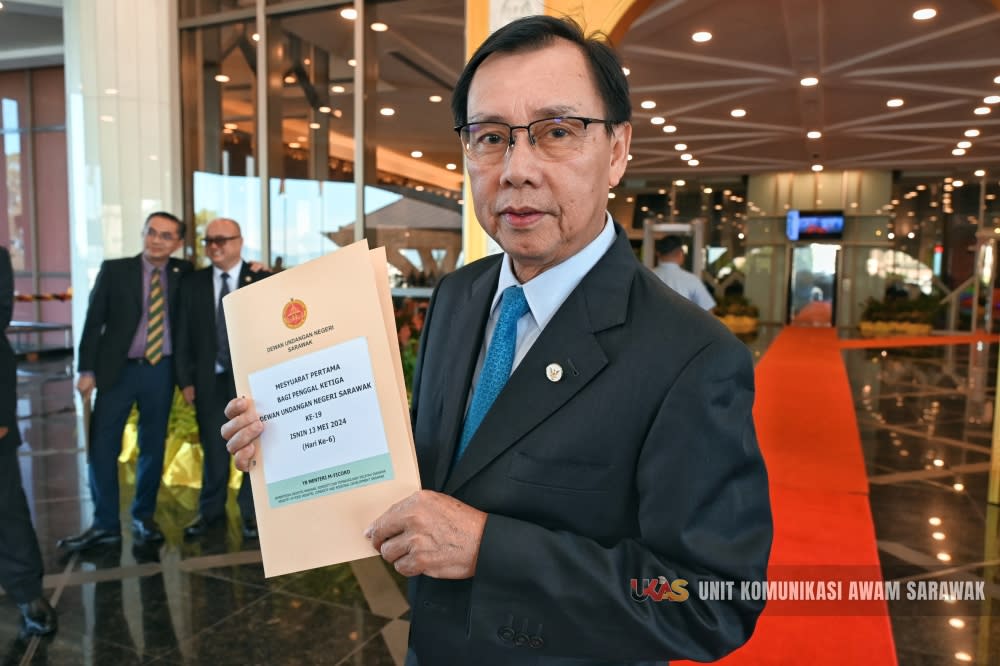Sarawak govt to establish paddy and rice board to spearhead, regulate rice industry

KUCHING, May 14 — Sarawak’s Ministry of Food Industries, Commodities and Regional Development said today it will establish the state’s Paddy and Rice Board (SPRB) to spearhead and regulate the development of the rice industry here.
Its minister Datuk Seri Stephen Rundie Utom said the board will coordinate strategic initiatives aimed at enhancing the whole supply chain of rice industry.
“My ministry will also form the Paddy and Rice Task Force to be chaired by the Sarawak Secretary involving all relevant agencies,” he said in his winding-up speech at the Sarawak Legislative Assembly here.
He said his ministry acknowledges the importance of the rice industry in ensuring food security of the state.
“As a staple food for Sarawakians, adequacy of rice is very critical,” he said, adding that last year, the total paddy production was about 118,000 metric tonnes or 32 per cent of the self-sufficiency level (SSL).
Rundie said about 61,000 hectares of land was planted with paddy as of last year, of which 32,000 hectares were classified as wet paddy while the balance 29,000 hectares were mainly for hill paddy.
“Thus, to achieve 60 per cent SSL, Sarawak needs to produce approximately 236,000 metric tonnes of paddy which is equivalent to 142,000 metric tonnes of rice,” he said.
He said his ministry has identified a total of 17,500 hectares of new area equipped with tertiary infrastructure to produce approximately 392,000 metric tonnes of paddy which is equivalent to 235,000 metric tonnes of rice by 2030.
He said the new areas are located in Sri Aman, Kapit, Mukah and Limbang Divisions, adding that to increase paddy production, the state government also needs to rehabilitate and upgrade some of the existing Drainage and Irrigation Department (DID) schemes throughout the state.
He said to achieve 60 per cent of the SSL a sum of RM1.2 billion is needed to establish and upgrade the paddy infrastructure which consists of 4,500 hectares of new area and 8,800 hectares of existing DID schemes.



